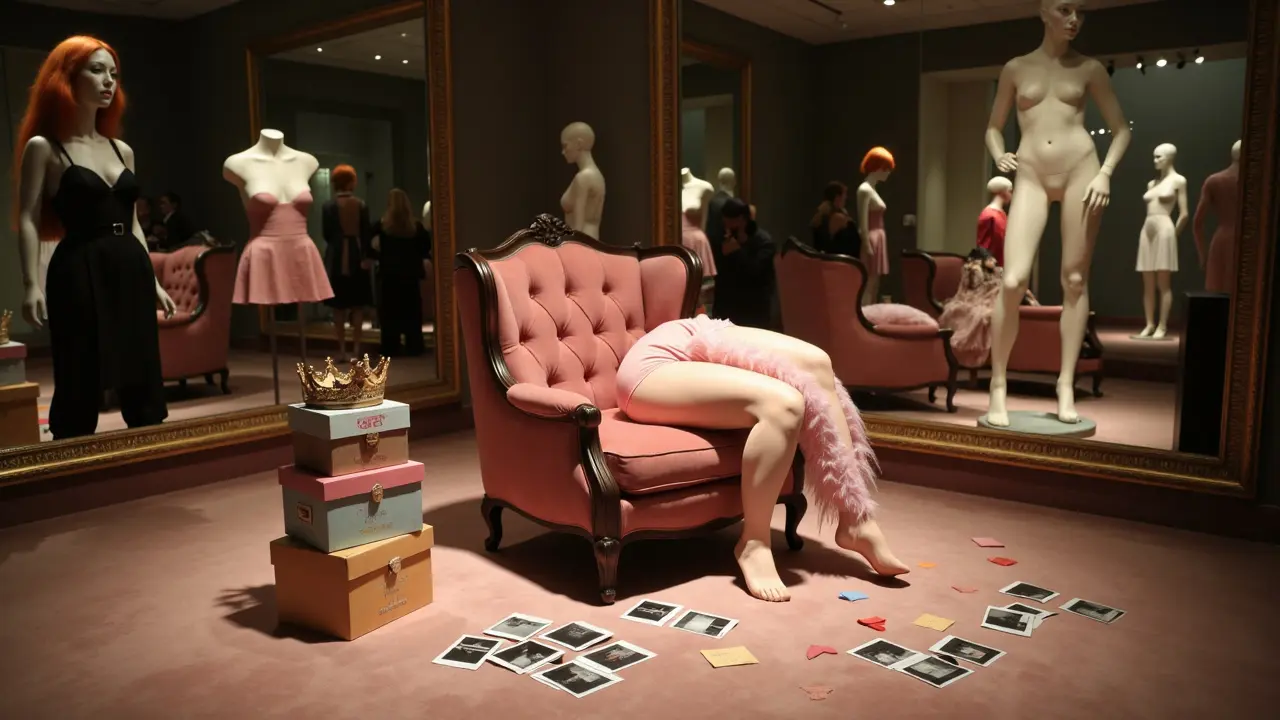
Victoria’s Secret Downfall: What Went Wrong and What Brands Can Learn
Not a single scandal, but a stack of misses. Here’s why Victoria’s Secret fell from the throne-and a practical playbook any brand can use to avoid the same fate.
When you walk into a store or scroll online, you’ll notice a shift in the lingerie scene. The industry isn’t just about pretty lace anymore – it’s about comfort, sustainability, and diversity. Let’s break down the biggest trends shaping what people buy and why they matter.
Brands are swapping traditional polyester for recycled nylon, organic cotton, and biodegradable silk blends. Shoppers love the idea of a bra that feels soft on skin and light on the planet. Expect price tags to stay competitive because larger orders of recycled material are driving costs down. If you’re choosing inventory, look for certifications like GOTS or OEKO‑Tex – they’re quick credibility boosters.
Size ranges are expanding beyond “S‑L”. Many retailers now carry cups up to DD and beyond, plus waistbands that adjust without compromising style. Adaptive designs, such as front‑closure bras for people with limited mobility, are gaining traction. This isn’t a niche; it’s becoming the main lane. Adding a few extended sizes can boost sales by up to 15% in a single season.
Technology is also playing a role. AI‑driven fit tools analyze body measurements from a smartphone photo, giving shoppers a more accurate size recommendation. This reduces returns – a win for both customers and the bottom line.
Bold colors and retro prints are making a comeback. While classic black and nude remain staples, neon pinks, mustard yellows, and 70s‑style floral patterns are popping up on runways and Instagram feeds. Retailers are mixing these eye‑catching designs with neutral basics, creating a versatile collection that appeals to both fashion‑forward buyers and those who prefer understated pieces.
Another subtle shift is the rise of “athleisure‑inspired” lingerie. Seamless, stretchy fabrics that double as workout gear are popular for people who want to feel supported all day. Think sports bras with a feminine silhouette or high‑waist briefs that look like sleek leggings. Brands that blend functionality with style are seeing higher repeat purchase rates.
Marketing messages are moving away from idealized body images toward authentic storytelling. Real‑life customer photos, behind‑the‑scenes production clips, and influencer partnerships that focus on confidence over perfection resonate more with today’s shoppers. Use this approach in your own campaigns to build trust.
Lastly, pricing strategies are evolving. Subscription boxes for intimate wear are cutting the hassle of re‑ordering while offering discounts for loyal members. Tiered pricing – a basic line for everyday wear and a premium line for special occasions – lets you capture a broader audience without diluting brand perception.
Whether you’re a retailer, a designer, or just curious about what’s next, these trends offer a clear roadmap. Focus on sustainable materials, inclusive sizing, tech‑enabled fit, bold aesthetics, and authentic marketing, and you’ll be ready for the lingerie market in 2025 and beyond.

Not a single scandal, but a stack of misses. Here’s why Victoria’s Secret fell from the throne-and a practical playbook any brand can use to avoid the same fate.